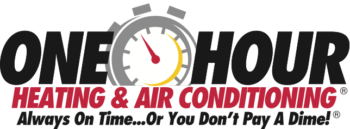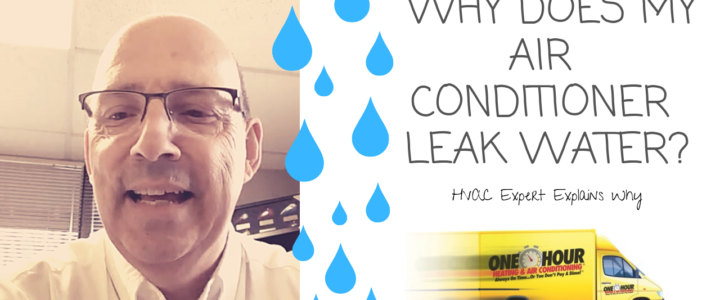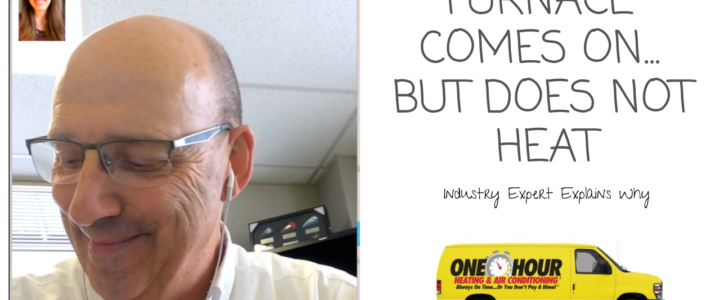Many people ask: Why is my air conditioner leaking water or icing up? If you see water leaking from your indoor coil or ice on your air conditioner it is having a problem. The main causes for this are: restricted airflow due to a blocked filter or ice forming, and an incorrect refrigerant charge that can cause ice to form and blow the air to your blower.
The Magic of Refrigeration
When the air conditioner is working normally, it is taking all the hot air from the inside of your home and blowing it across the cold coil that is located near the blower of your hvac system. Included in that hot air from your house is all the moisture and dirt that was in that air as well. When the air conditioner is working correctly that evaporator coil will condense that moisture and send it to the floor drain while the dry, cool air is sent back into your home making everything feel more comfortable. The dust and dirt from the air will be blocked by the furnace filter.
Your Air Conditioner Functions as a Giant De-Humidifier
When we take the moisture out of the air it feels more pleasant and your home will feel less muggy. Almost even more important than the temperature, a lack of humidity in the air makes your whole home more comfortable.
As that moisture is taken out of the air and blown across the cold coil, moisture can freeze to the coil turning it into a block of ice. If a block of ice forms on your evaporator coil, that will eventually restrict the airflow to the blower causing the entire system to malfunction.
Why Would The Coil Freeze?
An improper refrigerant charge. If you have an improper refrigerant charge it can cause the evaporator coil to become TOO COLD that will then cause the moisture taken out of the air to freeze to the coil instead of draining to the drain pan. This then causes a block to the airflow causing the system to shut down.
You will know this is happening if you hear the air conditioner running however you do not feel any airflow from the registers. That means there is a block in airflow. It is best to turn off the unit to melt the ice so your service technician can figure out what caused the initial problem. You can think of the block of ice as a symptom of a different problem that needs to be solved.
Refrigerant Leaks Cause Improper Refrigerant Charge
If your air conditioner was working fine last summer and this summer your refrigerant charge is off, that means there may be a leak somewhere. Your hvac system should be a closed system where the refrigerant doesn’t go back, stale or run out. If your system is low on refrigerant there is a leak. Oftentimes people want to fix the problem by recharging their air conditioner with more refrigerant. However that is not a fix. If you have an un-repaired leak and you add more refrigerant to your system, that means refrigerant is leaking out as soon as you put it in.
Recharging the air conditioner without fixing a leak is also not the least expensive repair option. Refrigerant has become extremely expensive depending on type. It is best to fix the leak first and then correct the refrigerant charge.
Restricted Airflow
An air conditioner can also “ice up” due to a blocked air filter. If an air filter is extremely dirty and plugged up, it can cause the same effect as a bad refrigerant charge to make the unit operate too cold and will form a block of ice.
Often when you see water dripping from the unit it is because the ice that had formed is thawing when the unit shuts off due to lack of airflow.
Until you thaw out and observe it operating, you won’t know why it is malfunctioning.
Keeping Water Where It Is Not Supposed To Be Can Be A Challenge
Water can cause many problems with your air conditioner. Another important issue is to make sure you are properly getting the water from your air conditioner to the drain in your basement. There is a drain pan that is paired with your cooling coil. It is important to keep that drain pan clean and unrestricted. If there is a clog in the drain pan or the hose from the unit to the pan that can also cause a water problem.
One thing to keep in mind is that your coil is in a cool, wet, dark place. It is very easy for the water draining from the evaporator coil to turn into very slimy stuff. You may have heard of “pan treatments” during your routine maintenance visits. A “pan treatment” will treat the water that sits in the drain pan that will help the drain line, hoses and pan cleared from plugs. The drain pan has an algaecide to combat the algae and will allow the water to drain properly.
A De-Humidifier Will Help With Unwanted Water On The Ductwork
When the air conditioner is running, the ductwork is cold and dark surrounded by warmer air. When the moisture from your home comes into contact with the cold ductwork, that can cause moisture to form on the outside of the ductwork. This problem can be solved with a whole home dehumidifier. A whole home dehumidifier can be attached to the ductwork or directly to areas that have the biggest moisture problems.
Moisture in a home knows no boundaries. If storage room is humid it’s getting into the rest of the house. If you dry out humid spots, it helps the whole house.
Dehumidifiers also give your air conditioner a break from bearing the sole responsibility of removing humidity from your home. With a dehumidifier you do not need to run the air conditioner as much to maintain a comfortable temperature. You can also keep your house a few degrees warmer and not run ac as much with a dehumidifier since a dehumidifier makes the air feel cooler. Since the dehumidifier runs independently from the air conditioner, on days where it is not hot, but humid, the home can be kept comfortable and yet not use the air conditioner at all.



